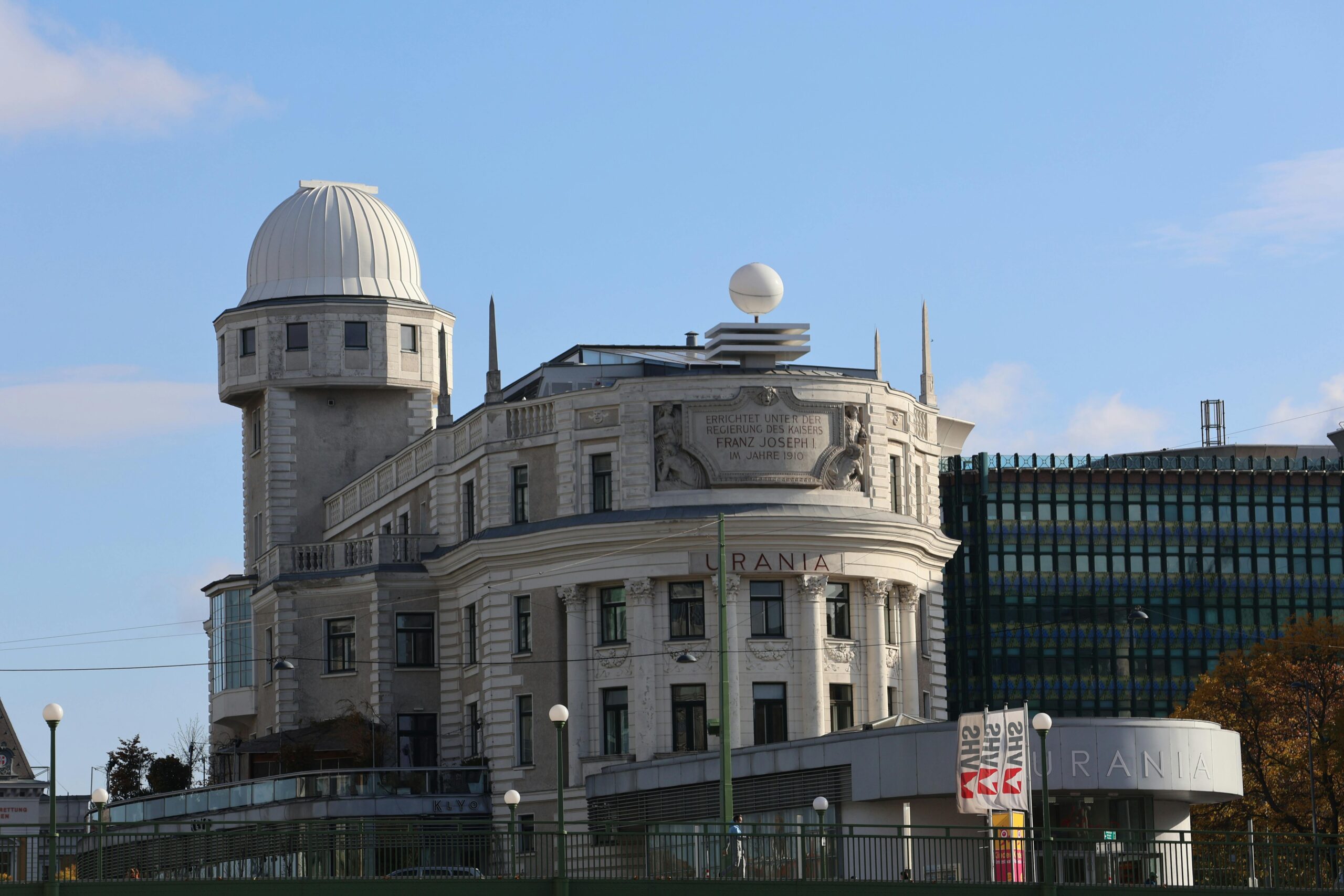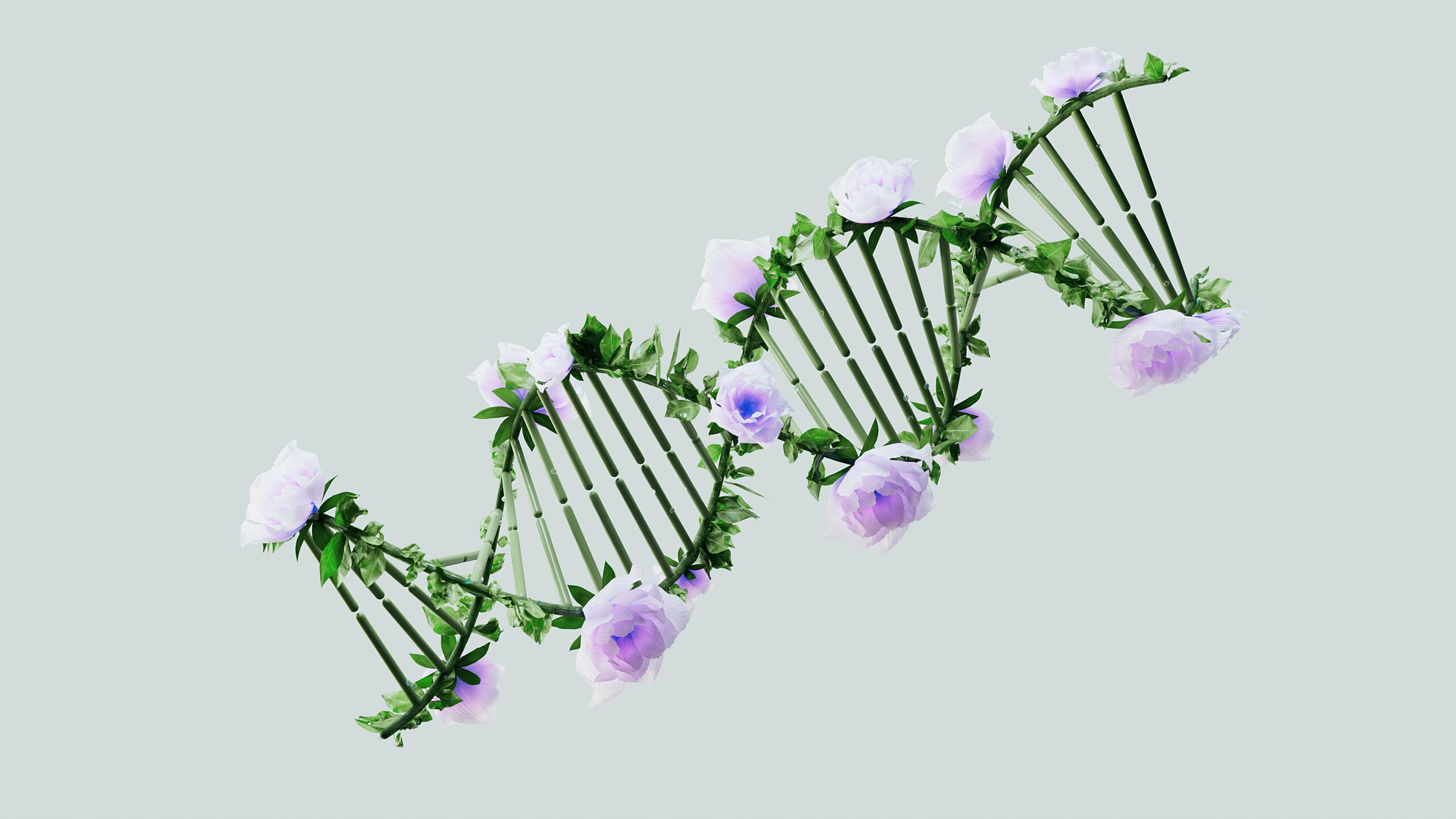Cryopreservation represents humanity’s boldest attempt to defeat death, freezing biological material at ultra-low temperatures with the hope of future revival and extended life. ❄️
The Science Behind Freezing Life Itself
Cryopreservation isn’t science fiction anymore—it’s a rapidly evolving field that combines biology, physics, and cutting-edge medical technology. At its core, the process involves cooling biological materials to temperatures below -130°C, typically using liquid nitrogen at -196°C, effectively pausing all biological activity and cellular decay.
The fundamental challenge lies in preventing ice crystal formation. When water freezes normally, it expands and forms sharp crystals that puncture cell membranes, destroying the delicate structures that make life possible. Scientists have developed sophisticated cryoprotectant solutions—essentially biological antifreeze—that replace water in cells and allow tissues to vitrify, transitioning into a glass-like solid state without destructive crystallization.
Modern cryopreservation protocols use a two-step approach: perfusion, where cryoprotective agents are circulated throughout the tissue, followed by controlled cooling at precisely calculated rates. Different tissues require different cooling speeds—some need rapid freezing while others demand gradual temperature reduction to maintain structural integrity.
From Embryos to Entire Bodies: What We’re Preserving Today
The cryopreservation industry has expanded far beyond its initial applications. Today’s longevity storage encompasses a remarkable range of biological materials, each with unique preservation challenges and success rates.
Reproductive cells represent the most established application. Sperm banking has been routine since the 1950s, with conception rates from frozen sperm approaching those of fresh samples. Egg freezing technology has advanced dramatically over the past two decades, with vitrification techniques achieving survival rates exceeding 90%. Embryo cryopreservation boasts even higher success rates, with millions of healthy babies born from frozen embryos worldwide.
Tissue and organ preservation presents greater complexity. Corneas, heart valves, bone marrow, and blood vessels are regularly cryopreserved for transplantation. However, whole organ preservation remains elusive—kidneys, hearts, and livers can only be stored for hours, not indefinitely. The race to crack this challenge could revolutionize transplant medicine and eliminate organ shortage crises.
The Most Controversial Frontier: Human Cryonics 🧊
Human cryonics—preserving entire bodies or brains with the expectation of future revival—remains the most debated application of cryopreservation technology. Organizations like Alcor Life Extension Foundation and the Cryonics Institute currently maintain hundreds of patients in long-term cryogenic storage.
The process begins immediately after legal death, when a standby team initiates cardiopulmonary support to maintain blood flow and prevent brain damage. The body is cooled with ice while being transported to a cryonics facility, where blood is replaced with cryoprotectant solution over several hours. Finally, the patient is gradually cooled to -196°C and stored in a specialized dewar—essentially a high-tech thermos designed to maintain temperature for decades without electricity.
Critics rightfully point out that no cryopreserved human has ever been revived, and the neurological damage from the preservation process may be irreversible with current technology. Proponents argue that future medical advances—potentially including molecular nanotechnology—might repair cellular damage at unprecedented scales, making revival theoretically possible.
The Technology Revolutionizing Longevity Storage
Recent breakthroughs are pushing cryopreservation capabilities into previously impossible territory. Understanding these innovations reveals where the field is heading and what might become routine within our lifetimes.
Nanowarming technology represents a quantum leap forward. Researchers at the University of Minnesota developed iron oxide nanoparticles that can be distributed throughout tissue and then activated by electromagnetic fields to warm preserved material uniformly from within. This addresses one of cryopreservation’s biggest challenges: the warming process, which often causes more damage than freezing itself.
The technique has already successfully preserved and revived kidney and heart tissue samples. While whole organ revival remains experimental, the trajectory suggests major organs might be indefinitely storable within the next decade—a development that would save countless lives and transform transplant medicine fundamentally.
Artificial Intelligence Meets Cryobiology 🤖
Machine learning algorithms are optimizing cryopreservation protocols with unprecedented precision. AI systems analyze thousands of variables—cooling rates, cryoprotectant concentrations, tissue characteristics—to predict optimal preservation strategies for specific biological materials.
These systems have identified counterintuitive approaches that human researchers might never discover through traditional experimentation. For example, AI-designed protocols for egg freezing have improved post-thaw survival rates by identifying subtle interactions between multiple cryoprotectants that work synergistically.
Predictive modeling powered by artificial intelligence also helps anticipate long-term storage stability, identifying potential failure points before they occur and suggesting preventive interventions. This computational approach accelerates research that would otherwise require decades of trial and error.
The Economics of Freezing Time
Longevity storage exists at the intersection of cutting-edge science and practical economics. Understanding the costs and business models reveals who can access these technologies and how the industry might evolve.
Reproductive cell preservation has become relatively affordable. Sperm banking typically costs $150-$300 initially, plus $200-$500 annually for storage. Egg freezing is significantly more expensive due to the hormone stimulation and extraction procedure required—typically $8,000-$15,000 for one cycle, plus annual storage fees.
Full-body cryonic preservation represents a different financial commitment entirely. Alcor charges $200,000 for whole-body preservation or $80,000 for neuropreservation (brain only). Most members fund these costs through life insurance policies, effectively transforming death benefits into potential revival opportunities.
| Cryopreservation Type | Initial Cost | Annual Storage | Success Rate |
|---|---|---|---|
| Sperm Banking | $150-$300 | $200-$500 | Very High |
| Egg Freezing | $8,000-$15,000 | $500-$1,000 | High (90%+) |
| Embryo Storage | $3,000-$5,000 | $500-$1,000 | Very High |
| Whole Body Cryonics | $200,000+ | Included | Unknown |
| Neuropreservation | $80,000+ | Included | Unknown |
The cryonics industry operates on a perpetual care model, investing membership fees to generate returns that theoretically fund indefinite storage. This financial structure depends on sound investment management and organizational longevity—if a cryonics company fails, patients’ futures become uncertain.
Insurance and Legal Frameworks 📋
Legal recognition of cryopreservation varies dramatically worldwide. In the United States, cryonics operates within a legal gray area where preserved individuals are considered legally dead but stored for potential future revival. Life insurance payouts typically fund preservation costs without issues, though some families have challenged these arrangements in court.
Other countries present more challenging legal landscapes. France and several Canadian provinces prohibit commercial cryonics operations entirely. British Columbia allows the practice but with strict regulations. These legal inconsistencies create logistical challenges for international patients seeking preservation.
The regulatory future remains uncertain. As cryopreservation technology advances and potentially achieves successful revival of complex organisms, governments worldwide will need to develop comprehensive legal frameworks addressing identity, property rights, medical authority, and resurrection protocols.
Medical Applications Transforming Healthcare Today
Beyond life extension dreams, cryopreservation is already revolutionizing practical medicine in ways that affect millions of people annually. These applications represent the technology’s most immediate and tangible benefits.
Fertility preservation has become standard care for cancer patients facing gonadotoxic treatments. Young women diagnosed with cancer can freeze eggs or ovarian tissue before chemotherapy, preserving their reproductive potential. This application has expanded reproductive autonomy and provided hope during devastating diagnoses.
Transgender individuals are increasingly using reproductive cell banking before beginning hormone therapy or gender confirmation surgeries. This allows people to transition while maintaining genetic parenthood options—a powerful intersection of cryopreservation technology and personal autonomy.
Stem cell banking represents another growing application. Umbilical cord blood contains valuable hematopoietic stem cells useful for treating blood disorders and certain cancers. Private cord blood banks store these cells for potential future family use, while public banks make donations available to any matching patient.
The Organ Shortage Solution We’re Building 🏥
Over 100,000 people currently wait for organ transplants in the United States alone, with 17 dying daily due to organ shortages. Successful organ cryopreservation would fundamentally transform this crisis.
Current organ preservation relies on cold storage in specialized solutions, limiting viability to hours—4-6 hours for hearts, 12-18 hours for livers, 24-36 hours for kidneys. These narrow windows require complex logistics coordinating donor death, organ retrieval, transportation, and recipient surgery.
Indefinite organ storage through cryopreservation would eliminate time pressure entirely. Organs could be thoroughly tested, matched optimally with recipients, and transported internationally. This would dramatically expand the donor pool, improve matching quality, and enable recipients to receive organs in optimal health rather than emergency conditions.
Research teams worldwide are tackling this challenge with increasing success. Rat livers, rabbit kidneys, and sheep hearts have all been successfully cryopreserved and revived in experimental settings. While human application remains years away, the trajectory suggests breakthroughs may arrive sooner than skeptics predicted.
Ethical Considerations in the Age of Biological Time Travel
Cryopreservation raises profound ethical questions that society has barely begun addressing. These concerns extend beyond individual choice to implications for human identity, resource allocation, and social structure.
The consent question becomes complex when considering future revival scenarios. Can present consent meaningfully cover circumstances we cannot imagine? What happens if someone preserved voluntarily awakens to a world they find unbearable? Should psychological screening precede preservation? And who decides whether revival attempts should proceed—the preserved individual’s past instructions, their descendants, or future medical authorities?
Resource allocation presents another ethical dimension. Should societies invest significant resources in experimental preservation technology while millions lack basic healthcare? Proponents argue that cryopreservation research generates medical advances benefiting everyone, while critics see resource misallocation serving wealthy individuals’ immortality fantasies.
Identity and Continuity Questions 🧠
Philosophical questions about personal identity become urgently practical in cryopreservation contexts. If neurological structures are damaged during preservation and repair involves reconstructing connections based on probabilistic algorithms, is the revived person truly the same individual?
Memory continuity represents a crucial component of identity. If cryopreservation and revival disrupt memory formation or recall, what remains of the original person? These aren’t merely academic questions—they have practical implications for legal identity, property rights, relationships, and personal autonomy.
Some philosophers argue that successful revival would create a new person with the original’s memories rather than restoring the original person. Others contend that identity persists through structural continuity regardless of temporary interruptions. These debates will intensify if revival becomes technically feasible.
The Timeline Ahead: What Comes Next? ⏰
Predicting cryopreservation’s future requires distinguishing between incremental improvements to existing technologies and breakthrough innovations that might suddenly transform possibilities.
Within the next five years, expect significant advances in reproductive cell preservation, with improved protocols increasing success rates and reducing costs. Egg freezing may become as routine and affordable as sperm banking, dramatically expanding reproductive autonomy.
The next decade will likely see successful demonstration of whole organ cryopreservation and revival in large mammals. This achievement would trigger rapid clinical translation, potentially making indefinite organ storage routine by the mid-2030s. The impact on transplant medicine and surgical planning would be revolutionary.
Successful revival of preserved humans remains more speculative. Even optimistic researchers acknowledge this likely requires several decades of additional development—advanced nanotechnology for cellular repair, comprehensive understanding of consciousness and memory, and breakthrough preservation techniques that prevent or reverse structural damage at molecular scales.
Emerging Technologies Accelerating Progress 🚀
Several converging technologies may accelerate cryopreservation capabilities beyond current projections. Nanotechnology promises molecular-scale repair mechanisms that could reverse preservation damage. Artificial intelligence enables optimization impossible through traditional research methods. And quantum computing might model complex biological systems with unprecedented accuracy, identifying preservation approaches humans would never discover independently.
Genetic engineering presents another potential accelerator. Organisms naturally resistant to freezing damage—Arctic fish producing antifreeze proteins, tardigrades surviving extreme conditions—might provide genetic tools for improving mammalian cryotolerance. Future humans might even incorporate cold-resistance genes, making preservation and revival dramatically simpler.
The intersection of these technologies with cryopreservation could produce unexpected breakthroughs. Innovation rarely follows linear paths—transformative advances often emerge from surprising combinations of seemingly unrelated fields.

Why This Matters Beyond Life Extension
Cryopreservation’s significance extends far beyond individual longevity desires. The technologies being developed have profound implications for medicine, conservation, space exploration, and humanity’s long-term survival.
Biodiversity preservation represents an urgent application. Species are disappearing at unprecedented rates, with extinction erasing genetic diversity permanently. Frozen zoos already preserve cells from endangered species, maintaining genetic material that might enable future restoration through cloning or genetic rescue techniques. This biological library could prove invaluable for ecosystem restoration as climate change accelerates.
Space exploration may depend on cryopreservation technology. Interstellar journeys lasting centuries or millennia become conceivable if travelers can be safely preserved and revived. Even within our solar system, suspended animation could enable missions impossible with current life support constraints. NASA and other space agencies actively research these applications.
The fundamental knowledge gained from cryopreservation research advances our understanding of biology, cellular mechanics, and the boundaries between life and death. These insights generate unexpected applications—improved organ transplantation, better understanding of hypothermia treatment, enhanced food preservation, and innovations we haven’t yet imagined.
Whether cryopreservation ultimately enables human revival or remains limited to cells and tissues, the journey is already transforming medicine and expanding human capabilities. We’re learning to manipulate biological time itself—pausing life processes, preserving complex structures, and potentially restarting biological activity after extended suspension. These capabilities represent a fundamental expansion of human mastery over biology and our own mortality.
The future of longevity storage with cryopreservation remains uncertain, but the trajectory is clear: we’re steadily pushing the boundaries of what can be preserved and revived. Each breakthrough brings us closer to a future where biological time becomes optional, where death’s timing becomes negotiable, and where the distinction between alive and dead becomes fascinatingly complicated. Whether that future represents humanity’s greatest achievement or its most profound mistake remains to be seen—but we’re building it regardless, one frozen cell at a time. ❄️✨
Toni Santos is a longevity writer and regenerative medicine researcher dedicated to exploring how biology, technology, and ethics can extend healthspan. With a focus on cellular repair and anti-aging biotechnology, Toni examines how next-generation therapies translate lab breakthroughs into real-world vitality. Fascinated by stem cell science, telomere dynamics, and systems biology, Toni’s journey bridges research reviews, expert interviews, and clear public communication. Each article he shares aims to separate evidence from hype—helping readers understand what’s promising, what’s premature, and what truly supports long-term health. Blending molecular biology, clinical insight, and accessible storytelling, Toni investigates interventions that target the root drivers of aging. His work honors responsible innovation—prioritizing safety, transparency, and human wellbeing in the pursuit of extended healthspan. His work is a tribute to: Anti-aging biotechnology grounded in rigorous evidence Cellular rejuvenation pathways that restore function and resilience Stem cell and telomere research advancing ethical longevity care Whether you’re a clinician, researcher, or health enthusiast, Toni Santos invites you to explore the frontiers of regeneration—one discovery, one mechanism, one healthier year at a time.




